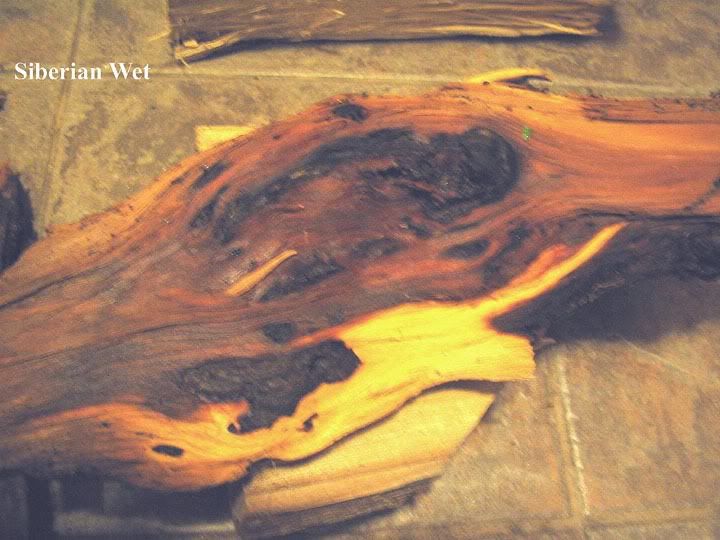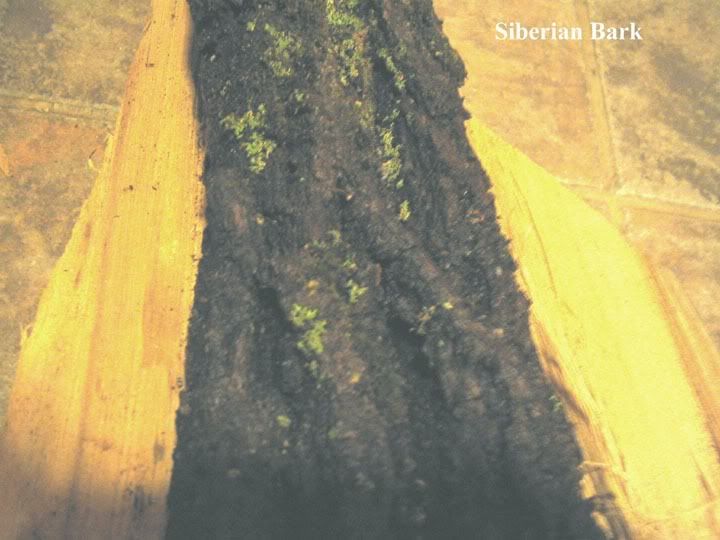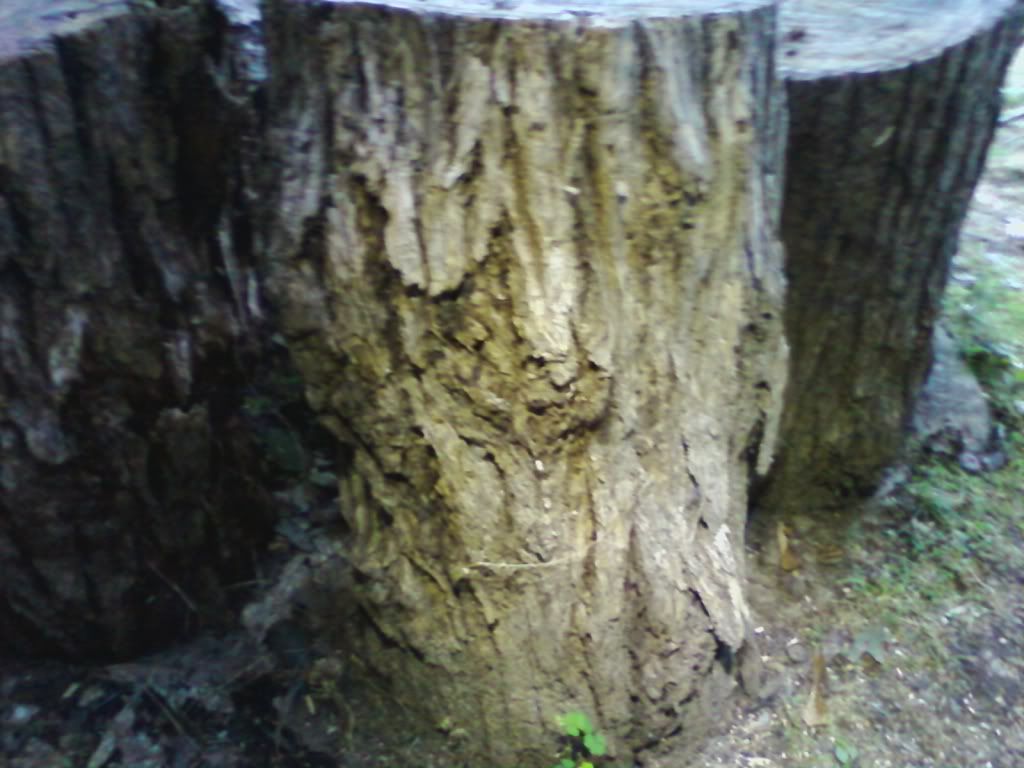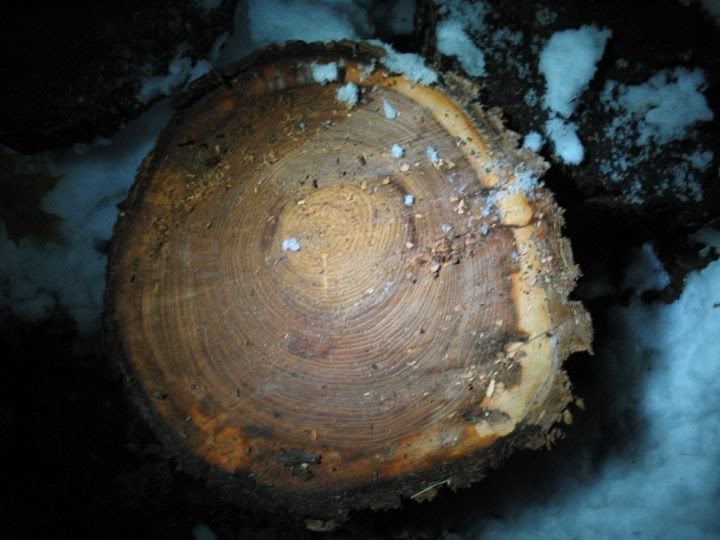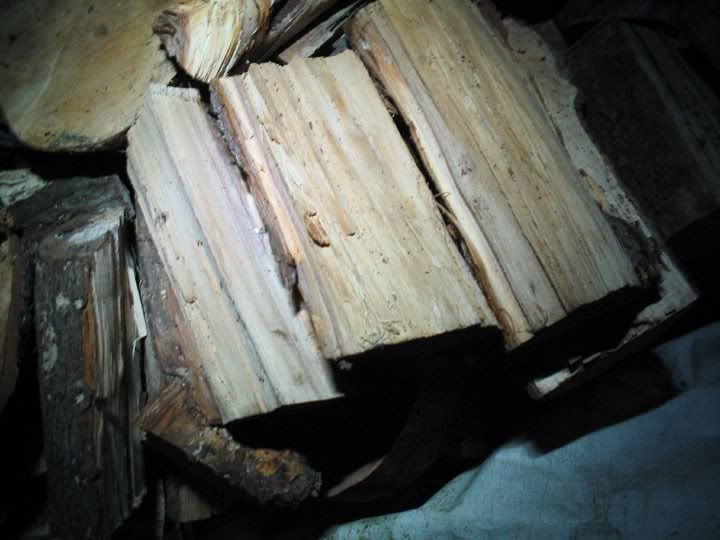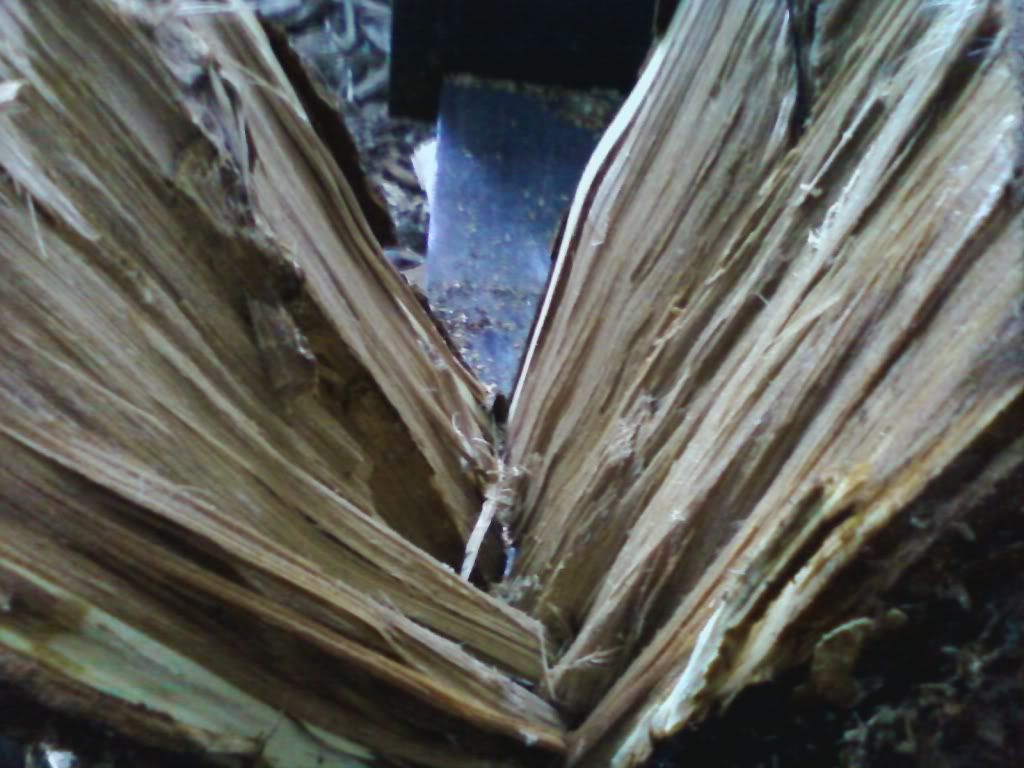OK, these elm threads are driving me berserk…
Some just have a hard time identifying the different elm species.
I guess it’s understandable, given there are so many and the differences aren’t all that great. Add in all the imported breeds and… well… confusion. If you live east of the Great Lakes DED near wiped them out years ago and the chances of finding native species becomes slim… but not impossible. But if you live west of the Mississippi River you’ll find most of the native elms still alive in many areas. The river acted as a natural barrier, slowing the advancement of the disease and we have lots of native elm… and tons, and tons of still standing-dead. I cross the river into often for work, and also to visit some friends that live in central Illinois… the differences between the west and east banks are stark if you know what you’re looking for.
First I’d like to give y’all a fool-proof way of identifying American Elm. Simply tear off a piece of bark and break it. American Elm is the only elm that will have alternating layers of dark and creamy-white bark. If it does have the creamy-white layers it flat is American Elm… If it ain’t got the creamy-white layers it is some other elm… … and that is a simple fact!!! Check-out the next three pictures…
This pic has three pieces of American Elm on the left and two pieces of Slippery (Red) Elm on the right.
All five pieces of bark are from five different trees in my woodlot.

This pic clearly shows the creamy-white layers in the American Elm bark.

And this is Slippery (Red) Elm bark.

Ok, now for the wood… Both American Elm and Slippery Elm are consistent in color from outside to core. THERE IS NO CHANGE IN COLOR ONCE THE WOOD SURFACES HAVE HAD A DAY OR SO TO DRY!!! If your elm has a dark center it is not American Elm or Slippery Elm… most likely it is Siberian Elm. Rock Elm will have a change in color about at about the 1/3 from the outside point, and it will be very heavy, dense wood.
Here are two pics… American Elm on the left, Slippery (Red) Elm on the right. American Elm has white to slightly off-white wood. Slippery (Red) Elm will vary (depending on the tree) from off-white, to a flesh tone, to a brownish-reddish color… more of a tint than a brilliant color.


Some just have a hard time identifying the different elm species.
I guess it’s understandable, given there are so many and the differences aren’t all that great. Add in all the imported breeds and… well… confusion. If you live east of the Great Lakes DED near wiped them out years ago and the chances of finding native species becomes slim… but not impossible. But if you live west of the Mississippi River you’ll find most of the native elms still alive in many areas. The river acted as a natural barrier, slowing the advancement of the disease and we have lots of native elm… and tons, and tons of still standing-dead. I cross the river into often for work, and also to visit some friends that live in central Illinois… the differences between the west and east banks are stark if you know what you’re looking for.
First I’d like to give y’all a fool-proof way of identifying American Elm. Simply tear off a piece of bark and break it. American Elm is the only elm that will have alternating layers of dark and creamy-white bark. If it does have the creamy-white layers it flat is American Elm… If it ain’t got the creamy-white layers it is some other elm… … and that is a simple fact!!! Check-out the next three pictures…
This pic has three pieces of American Elm on the left and two pieces of Slippery (Red) Elm on the right.
All five pieces of bark are from five different trees in my woodlot.
This pic clearly shows the creamy-white layers in the American Elm bark.
And this is Slippery (Red) Elm bark.
Ok, now for the wood… Both American Elm and Slippery Elm are consistent in color from outside to core. THERE IS NO CHANGE IN COLOR ONCE THE WOOD SURFACES HAVE HAD A DAY OR SO TO DRY!!! If your elm has a dark center it is not American Elm or Slippery Elm… most likely it is Siberian Elm. Rock Elm will have a change in color about at about the 1/3 from the outside point, and it will be very heavy, dense wood.
Here are two pics… American Elm on the left, Slippery (Red) Elm on the right. American Elm has white to slightly off-white wood. Slippery (Red) Elm will vary (depending on the tree) from off-white, to a flesh tone, to a brownish-reddish color… more of a tint than a brilliant color.





